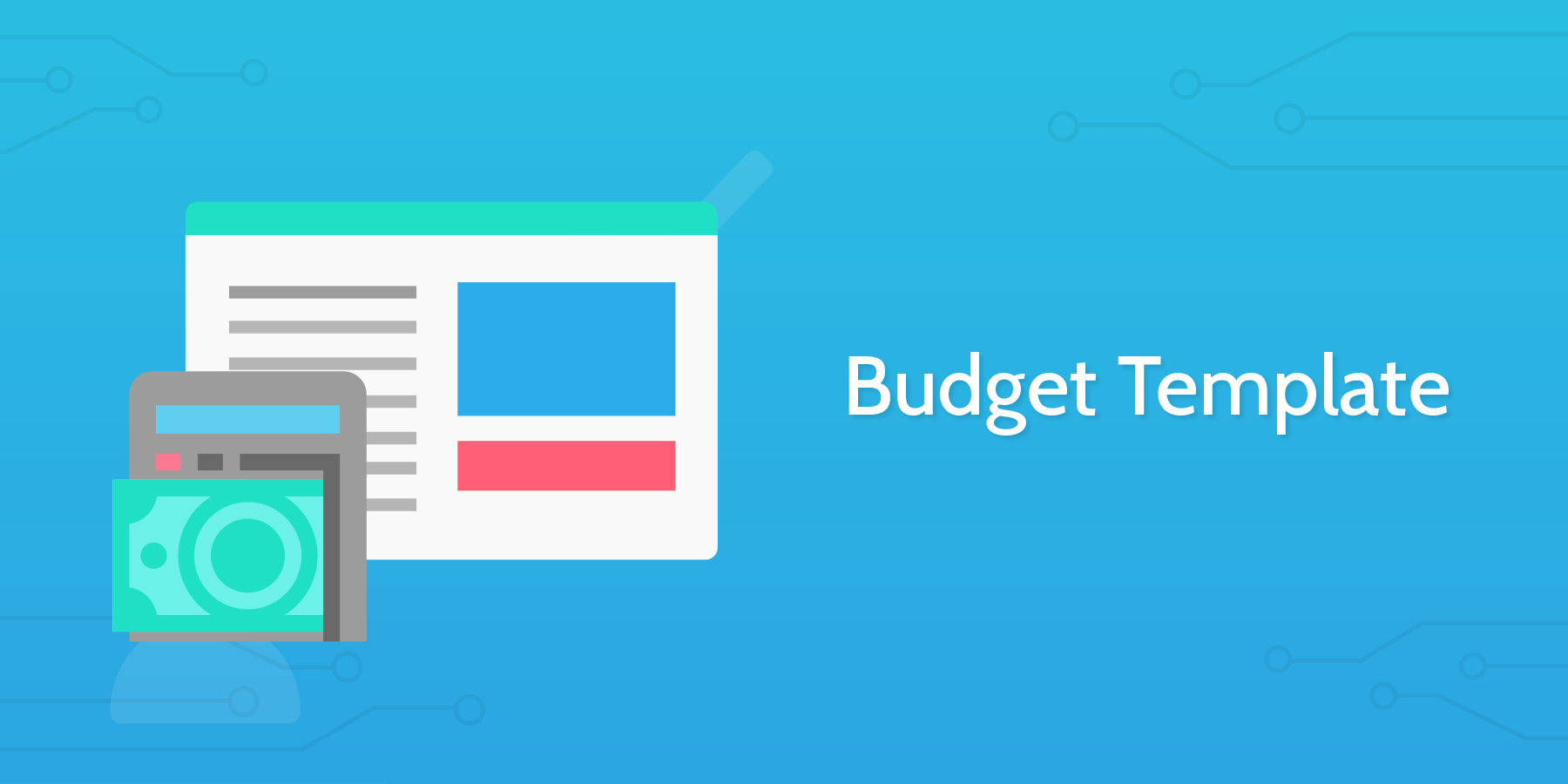Managing your budget is a vital part of having healthy finances. Understanding where you are overspending and working to combat that can free up cash to be spent or saved for more important purposes.
This budget template is designed to help you identify your monthly targets and to lead into the daily budget template which helps you stick to your targets day by day.
This video below shows a typical use case for budgeting. This is someone who has decided they need to budget and have been testing out different processes to keep track of it.
Were this video from 2016 rather than 2012, she could be using Process Street to manage her household instead.




